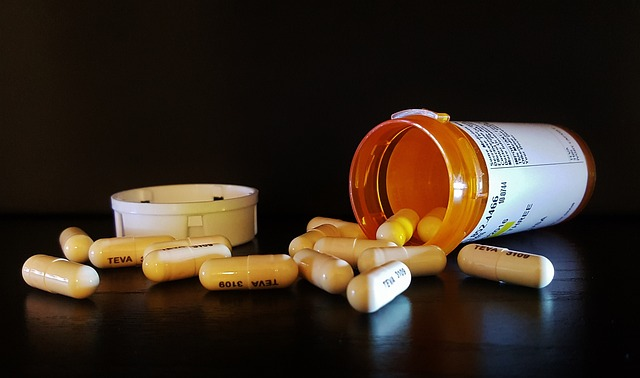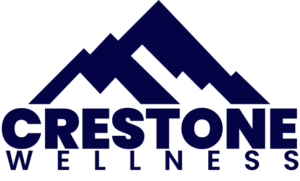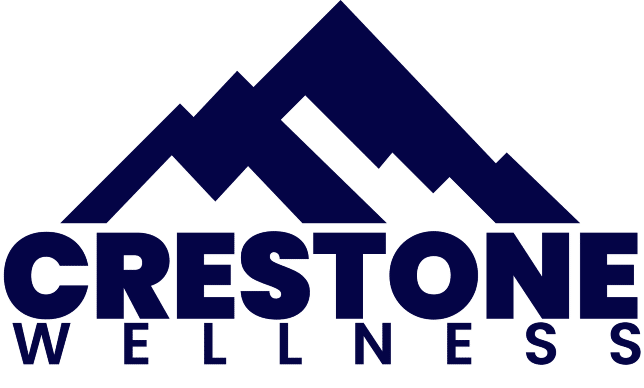What Is Polysubstance Abuse? Polysubstance Abuse Definition & Symptoms
Alex Kudisch
November 8, 2022

Abusing one substance is bad enough without further complicating things by mixing drugs that have varying impacts on your body’s ability to function normally.
The polysubstance abuse definition is when abusers need to resort to taking multiple drugs to feel the same “high” they were used to.
When multiple substances are being abused in this way, the resulting withdrawal symptoms are usually life-threatening.
Classified as a type of mental health disorder, polysubstance abuse is a growing problem in our community and one that needs to be addressed urgently.
Substance Abuse vs. Polysubstance Abuse
The difference between substance abuse and polysubstance abuse is simply the number of different prescription drugs, illegal drugs, or other substances being taken at the same time.
People suffering from substance dependence usually have their single drug of choice that they favor over all other illicit substances.
However, when that particular drug is no longer effective, or they are curious about taking other prescription drugs, they may end up taking multiple substances at the same time, which is the definition of polysubstance abuse.
In terms of the risks of overdose and the severity of addiction, combining drugs is a much more dangerous form of drug use disorder than single substance abuse.
Is There a Difference Between Polysubstance Dependence and Abuse?
Polysubstance dependence and abuse have a lot of similarities, but they differ when it comes to the severity of the drug use disorder.
With polysubstance abuse, substance users still retain some form of control over their addictive disorders, in that they can choose to stop taking the drug for some time if they want to, even though the craving will be there.
However, those with polysubstance dependence will suffer from a variety of physiological and mental symptoms should they attempt to stop taking the drugs because their bodies are now dependent on them.
Polysubstance dependence is one of the most serious of all drug-related mental disorders because of the following:
- Regularly taking multiple substances at the same time takes a huge toll on the body
- The sourcing and financing of multiple drugs can make those with polysubstance dependence very desperate, leading them to commit acts of crime
- Treating substance use disorder for both prescription and illicit substances is very complicated
Why Would a Person Abuse Multiple Substances?

When discussing the prevalence of polysubstance abuse in today’s society, one area that needs to be understood is the reason why drug users end up abusing multiple substances in the first place.
The following are some common reasons to consider:
- Young people succumb to peer pressure and end up trying many different drugs
- Single substance abuse no longer has the same effect as before, leading abusers to seek the thrills of polysubstance use
- Genetics may play a role in people with a family member who also suffered from polysubstance abuse
- Some mental disorders, such as bipolar disorder, lead people to make poor decisions and they end up taking multiple substances at the same time
Who Is at Risk for Polysubstance Abuse?
Substance abuse is the precursor to polysubstance abuse, meaning males and adolescents who are already taking drugs are at the highest risk of eventually succumbing to polysubstance abuse.
Drinking alcohol, combined with co-morbid drug use is also a common feature in most cases of polysubstance abuse. This is probably because alcohol addicts who use drugs are usually less educated, earn lower incomes, and are not likely to be in a stable relationship.
The combination of these factors makes them vulnerable to anxiety, depression, suicidal tendencies, and similar mental disorders that have been identified as the major causes of polysubstance abuse.
Dangers of Polysubstance Abuse

When considering that abusing even one substance carries a lot of risks, it is easy to imagine how multiple-substance use disorder can be exceedingly dangerous.
The following are some of the common dangers worth mentioning:
Combination of Severe Side Effects
The first and most obvious risk is associated with suffering from a wide range of side effects at the same time.
Different drugs target different parts of the body and brain. Usually, the body can cope with a single malfunctioning area. However, when multiple drugs destabilize different locations at the same time, the body can quickly be overwhelmed.
Overdose
It can be difficult for addicts to gauge the maximum amount of each drug they should take when they ingest or inject drugs of different types.
There is also the problem of some drugs having the same effect on the body, such as respiratory depression, meaning when they are combined with other drugs with similar properties, the results can be a fatal overdose.
Health Problems
A sustained level of drug toxicity in the blood will leave the body’s immune system severely compromised. This opens the door for various chronic diseases and opportunistic infections that are common among drug users, such as hepatitis C.
Complicated Treatment Process
When a polysubstance abuser decides to seek treatment to prevent withdrawal symptoms, the situation may be complicated when the treatment for one drug has no effect or worsens other drugs in the system.
Mental Health Disorders
There is only so much abuse that the brain can take. Sustained polysubstance use will eventually result in the brain failing to recover leading to mental illness.
Commonly Combined Drugs

Studies into the behavior patterns of drug users who regularly take three or more substances have identified some common pairings in polysubstance addiction, such as:
Alcohol and Prescription Drugs
Combining alcohol and prescription drugs is a common occurrence and has been responsible for many cases of alcohol poisoning, respiratory depression, blackouts, and death. Users with polysubstance addiction usually mix alcohol with Ridellan, Xanax, Percocet, Vicodin, OxyContin, or Valium.
Cocaine and Alcohol
Cocaine and alcohol have similar effects in that they both cause an increase in risky and compulsive behavior, associated with a reduced capacity to make good judgment calls. This makes this combination very dangerous when altering the behavior of drug users.
Opioids and Benzodiazepines
These drugs both work to depress the central nervous system. The combined substance abuse of these two specific substances can result in severe respiratory depression that can quickly result in death if the person is not rushed to a treatment facility.
Prescription Medication and Street Drugs
While most people believe that prescription medication is safer to use than illicit drugs, this is not true. When these drugs are not used as directed by the doctor, various complications can arise, such as the loss of cognitive functioning, heart attack, high blood pressure, mental health issues, and even the sudden loss of all vital signs.
Diagnosing Substance Use Disorder
There are certain signs of polysubstance abuse that you can look out for if you are worried that a friend or family member may be abusing more than one substance. These signs are:
- Changes in personality and behavior
- Increased health problems
- Reduced productivity at work or school
- Problems with law enforcement officials
- Irritability and sudden mood swings
- A constant need for money
- Secretive behavior
- Too many visits to the doctor for prescriptions
- Loss of interest in friends, hobbies, or other recreational activities
- Visible signs of intoxication, such as poor balance, droopy bloodshot eyes, slurred speech, and dilated pupils
What Are the Withdrawal Symptoms of Polysubstance Abuse?
Besides the persistent desire to use more than one drug, withdrawal from polysubstance abuse is complicated by a variety of symptoms, such as:
- Irritability and anger
- Insomnia
- Aches and pains
- Depression
- Hallucinations
- Fatigue
- Nausea
- Mood swings
- Feeling hot and cold at the same time
- Goosebumps
- Runny nose
Treatment of Polysubstance Abuse

The first step to treating polysubstance dependence is to admit there is a drug problem. This will allow the abuser to entertain the possibility of seeking treatment, which will open the door for the following:
Detox
Just like any other form of disease control, polysubstance dependence needs to be managed by a medical professional who will recommend and oversee the proper detox program. Since multiple substance abuse is the issue here, the withdrawal symptoms during detoxification can be severe, with the patient experiencing things such as loss of cognitive function.
Addiction Treatment Program
Once the multiple drugs have been cleared from the system, the patient can start taking therapy sessions to deal with the mental issues that lead to polysubstance abuse.
Outpatient Monitoring
When the patient is cleared by the doctor, they can leave the hospital. However, to prevent relapse, it is important to carry on with group support sessions and to avoid common triggers, such as alcohol and methamphetamine use.
Struggling With Polysubstance Abuse? Get Help Today
Did you know that even simple drugs like cough syrup are addictive and have the potential to cause a lot of pain and suffering to the abuser’s family and friends?
Regardless of the types of drugs being abused, seeking treatment is important and very easy. There is no need to suffer from polysubstance abuse when so many treatment facilities are there to help.



